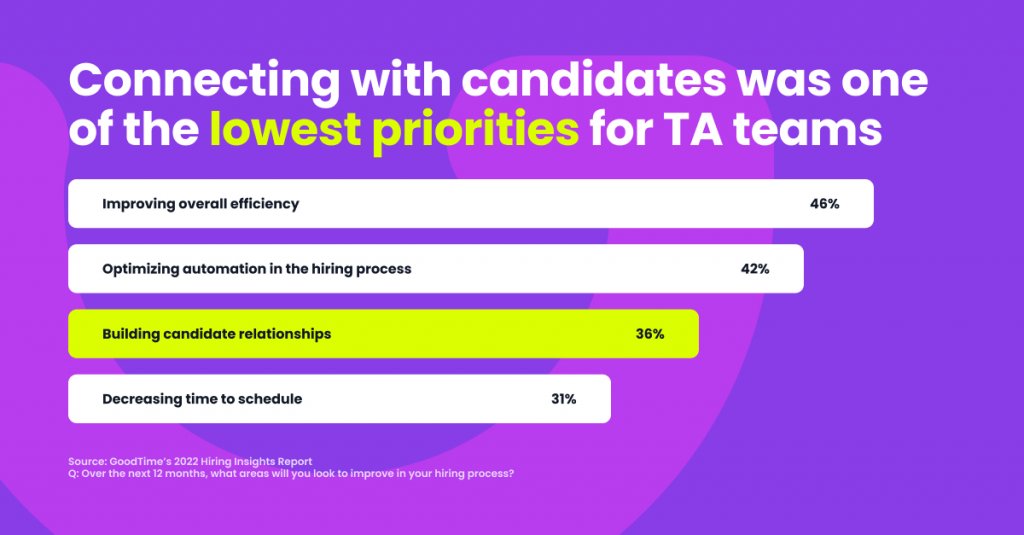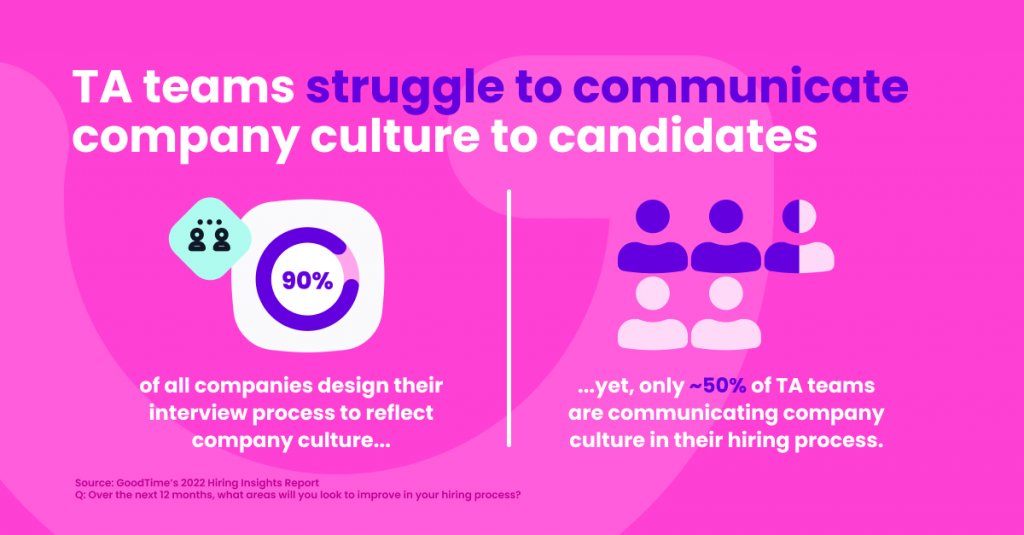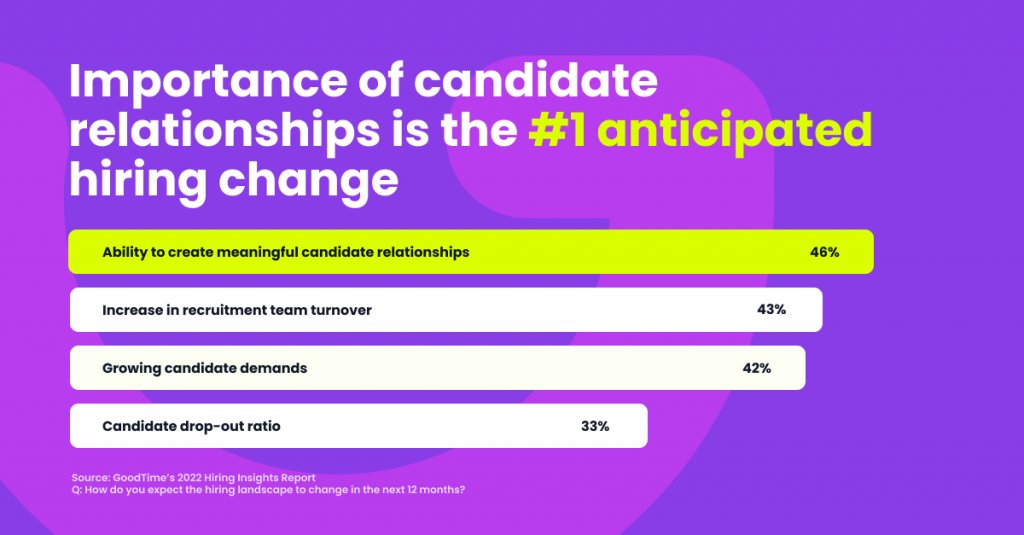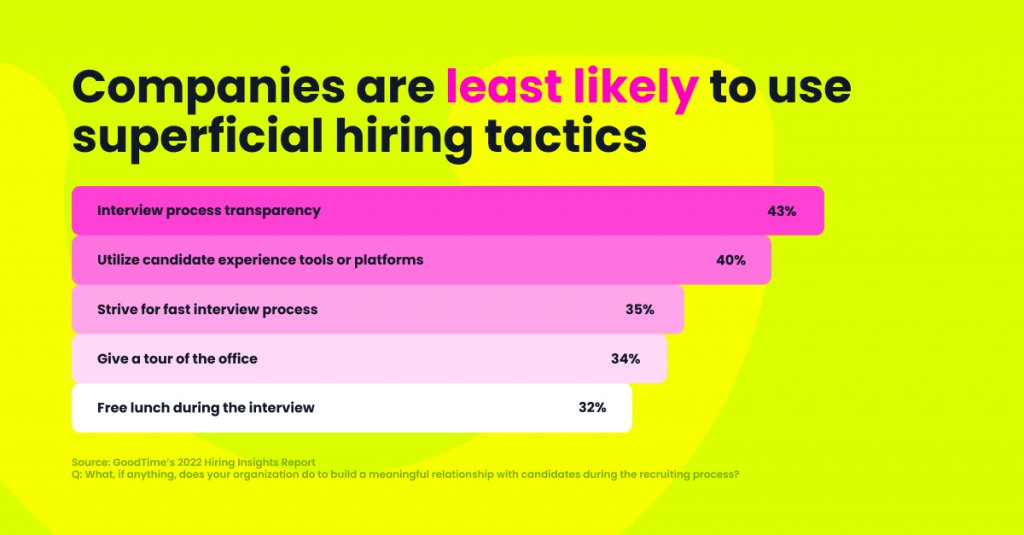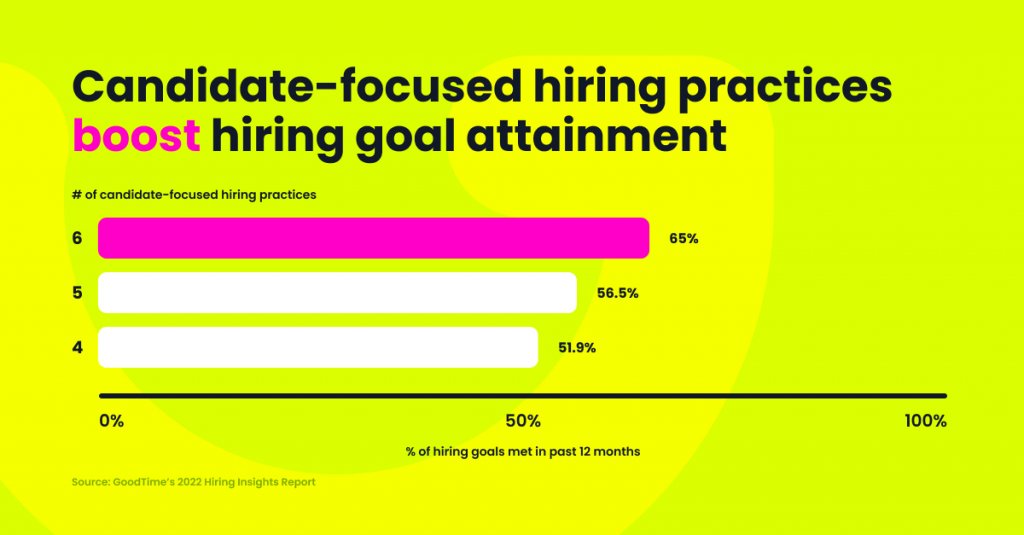It’s a candidate’s world, we’re all just living in it. Candidates now hold more power in the hiring process than ever before. Applicants don’t just want a hiring process that creates strong candidate relationships, they actively expect it.
With the pressure to create meaningful candidate relationships, recruitment teams commonly hold discussions on how to optimize their hiring for happier candidates. But where most teams falter is neglecting to loop candidates in on these conversations. No one can better speak to the quality of your hiring process than those who experience it first-hand.
Sending candidate experience surveys to applicants allows you to know exactly what aspects of your hiring process help and hurt the candidate relationship. But gathering candidate feedback is one thing, and taking action on that feedback is another.
Read on to learn how to use your candidate experience surveys to evaluate four aspects of the hiring process that are integral to the candidate relationship—and how to turn insights into action.
Performance of Your Interviewers
Your interviewers can make or break the candidate relationship. Interviewers act as the candidate’s first impression of your company’s employees, providing a window into what it’s like to work there. That means your interviewers need to be on their A-game, or you can expect disappointing candidate feedback.
Candidate Feedback You Can Gather
Consider gathering feedback on the following topics related to your interviewers:
- The preparedness and professionalism of the interviewers.
- The knowledge that interviewers displayed when answering questions.
- How attentive the interviewers acted towards candidates.
How to Take Action
So you ask for candidate feedback on your interviewers, and you find that improvements are needed. Maybe you hear that your interviewers are doing a less-than-desirable job at answering questions. Or, maybe they’re not up to par when it comes to professionalism. Critiques on interviewer performance means that it’s time to get serious about interviewer training.
Inadequately trained interviewers sour the candidate relationship and lead to bad hiring decisions. By instituting an interviewer training program where interviewer newbies shadow your seasoned interviewers, you’ll be able to not only prevent negative candidate relationships, but also the wasted time, energy, and money that results from a bad hire.
Interviewer trainees should be made aware of critiques gathered from your candidate experience surveys so that past mistakes are not repeated. If a candidate was disappointed with how an interviewer answered their questions, all trainees should know this so that they pay extra attention to the thoroughness that seasoned interviewers use when providing responses.
Quality of Your Recruiting Tech Tools
The quality of your tech significantly impacts the quality of both your recruitment methods and your candidate relationships. In fact, of the recruiters and talent managers that reportedly use some form of recruiting and/or applicant tracking software, 94% say that their tech has improved their hiring process (Capterra).
Candidate Feedback You Can Gather
Consider gathering feedback on the following topics related to your tech:
- The experience of using your hiring/ATS software.
- The experience of using your video conferencing tech (if interviewing remotely).
- The impact of your tech stack on the overall hiring experience.
How to Take Action
In the scenario where candidates express a dislike for your tech stack, take time to assess your tech for pitfalls. For instance, If your video conferencing tech is tripping candidates up, evaluate if you’re really setting all candidates up for success when using this software.
With the widespread use of tech like Zoom, it’s easy to forget that some candidates might be less familiar with how to use these tools, or might not have interviewed virtually before (the digital divide is a very real thing). To level the playing field and create a clear-cut experience for all, provide candidates with a best practices sheet on how to use your video conferencing tech.
If you only use an ATS, consider integrating your ATS with a Meeting Optimization Engine. With this extra technological boost, you’ll drive even more impactful hiring results and cultivate compelling candidate relationships—every single time.
Clarity of Your Company Culture and Values
The importance of clearly conveying your company culture and values is undeniable. Don’t believe me? Ask the candidates: studies show that the number one reason candidates choose one job over another is because of a better company culture. Candidates want their hiring experience to affirm that your culture and values align with what truly matters to them.
Candidate Feedback You Can Gather
Consider gathering feedback on the following topics related to your company culture and values:
- Any confusion on how to define the company culture.
- If the hiring process cultivated excitement to join the company culture.
- If the hiring process helped candidates understand company values.
How to Take Action
Failing to properly convey your culture and values doesn’t bode well for the candidate relationship. If your candidates express that the hiring process didn’t enhance their understanding of your culture and/or values, or if they didn’t find your culture to be compelling, your recruitment team has work to do.
One way to address their concerns is to gather everyone involved in the hiring process and align on how company culture and values are to be highlighted at every touch point. This way, you can ensure that everyone delivers a cohesive, engaging message that properly speaks to what it’s like to be an employee at your workplace.
This is also the time to check for any inconsistencies or improvements to be made in culture and value messaging on candidate-facing platforms, such as your company’s website. When it comes to cultivating a defined cultural image, it’s crucial that every material that candidates may come across enriches and unifies their understanding of your company.
Efficiency of Your Recruitment Process
Above all, the candidate relationship relies on a quick and easy hiring experience. Interviewing is nerve-wracking enough as it is, and having to go through a clunky hiring process only magnifies this stress.
Candidate Feedback You Can Gather
Consider gathering feedback on the following topics related to your recruitment efficiency:
- Whether candidates felt that you valued their time.
- The ease of navigation of the recruitment process.
- The quickness of the recruitment process.
How to Take Action
If your candidate experience surveys reveal that candidates are displeased with your hiring efficiency, leveling up your tech stack is once again the most helpful action you can take to supercharge your hiring. And with the tech-driven lifestyles that the majority of your candidates lead, advancing your tech tools may be just the thing that impresses candidates enough to win them over.
Another route to take is starting a dialogue among key players in the hiring process regarding expectations on communication and goals for your time-to-hire. If your team doesn’t schedule intake meetings at the beginning of each hiring process, this is your sign to start.
In intake meetings, recruiters and hiring managers meet to align on topics such as goals for the recruitment process. By setting expectations early on, intake meetings eliminate any confusion down the road that may prolong the process and waste a candidate’s time.
Does interview scheduling automation make sense for my team?
ROI is key. This is not a time to invest in software that won’t bring you immediate value. So let’s eliminate the guesswork with our free ROI calculator.
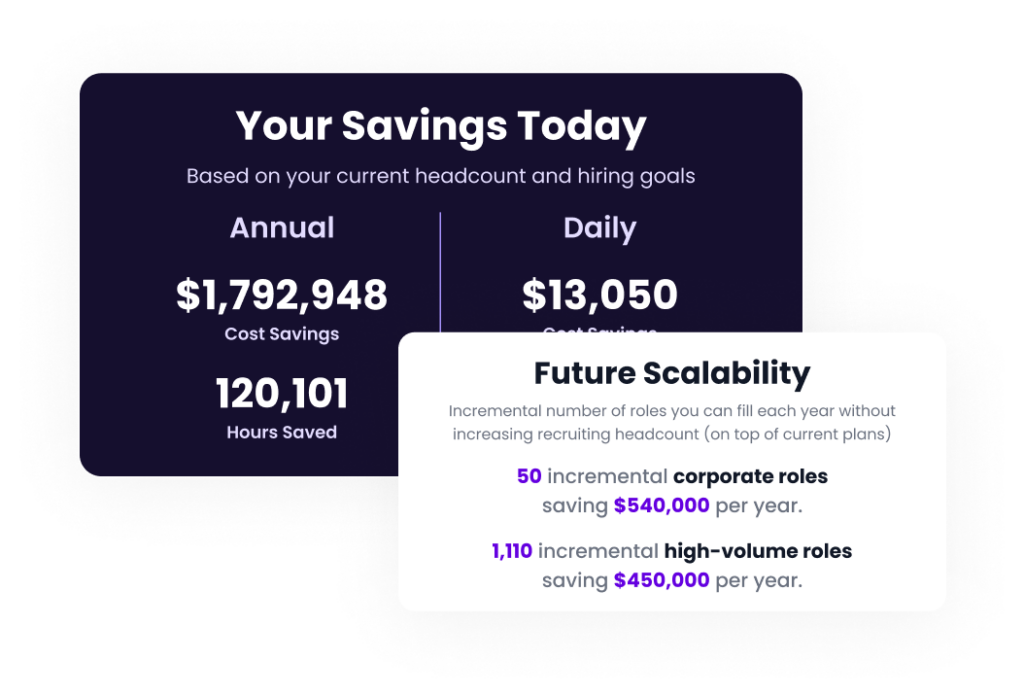
Start Collecting Candidate Feedback Today
Even if your candidate experience surveys generate nothing but praise from candidates, don’t just sit back and relax. The expectations of candidates shift all the time, and this makes cultivating connections with candidates a never-ending process of adjusting to match these expectations.
If you want to double down on your candidate relationships, you need GoodTime Hire’s Candidate Pulse. Our newest feature collects input from applicants at every step of the hiring process, allowing you to fine-tune your operations and create recruiter-candidate bonds like never before.
Learn more about Candidate Pulse today.











